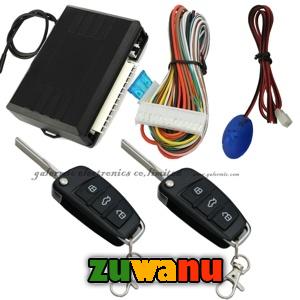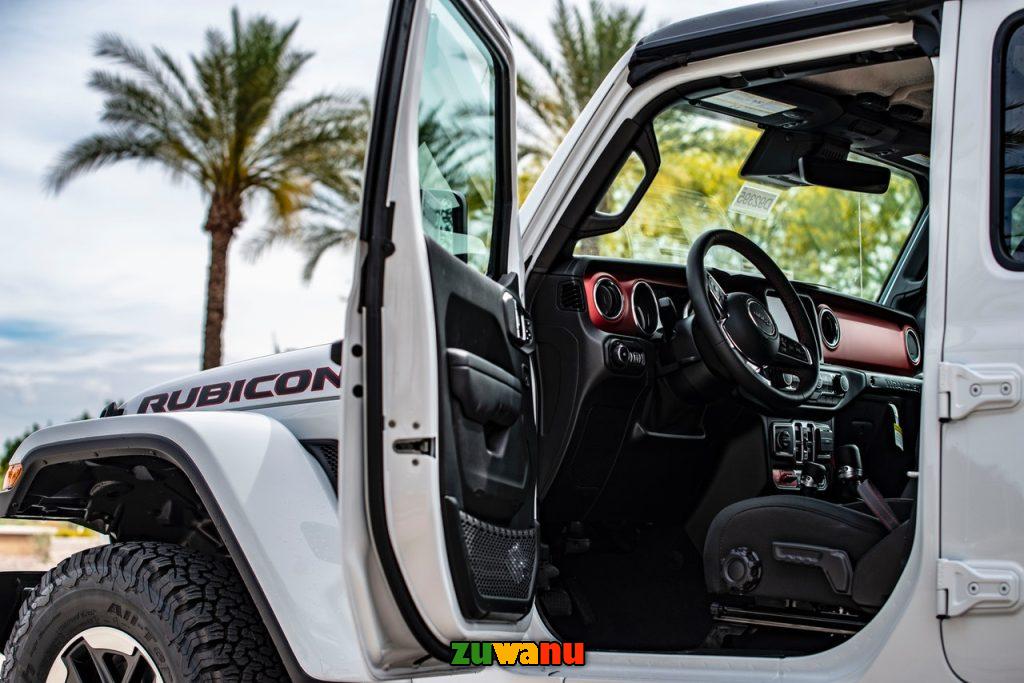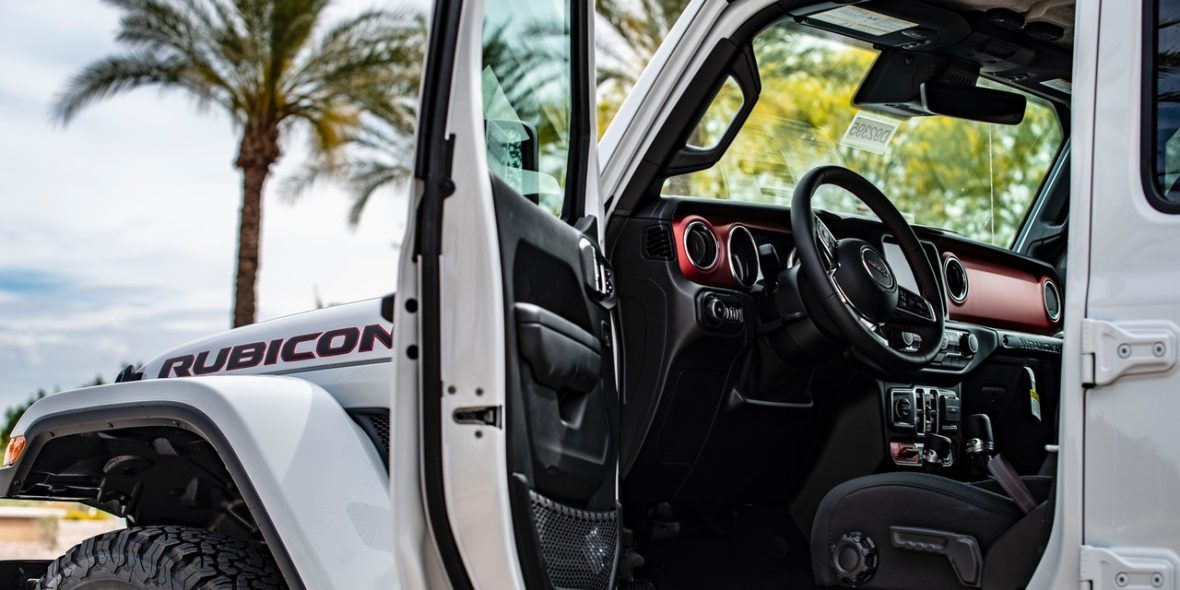Vehicle Central Locking Systems: An In-depth Exploration of Functionality and Technology
Vehicle Central Locking Systems
Introduction:
Table of Contents

In the ever-evolving landscape of automotive technology, central locking systems have become an integral feature of modern vehicles. The convenience and security they offer have made them a standard inclusion in most cars today. This article aims to provide a comprehensive understanding of vehicle central locking systems, delving into their origins, mechanisms, types, and the evolving technologies that drive their functionality.
I. Historical Evolution of Central Locking Systems:
To appreciate the significance of modern central locking systems, it’s essential to trace their historical roots. The concept of central locking dates back to the mid-20th century when automotive engineers began exploring ways to enhance vehicle security and user convenience.
Early central locking systems were mechanical and operated with a simple linkage mechanism. The driver could manually lock or unlock all doors simultaneously using a key. This rudimentary approach laid the foundation for the sophisticated electronic central locking systems we encounter in contemporary vehicles.
II. Components of a Central Locking System:
a. Actuators:
At the core of a central locking system are actuators, small motors responsible for physically moving the locking mechanism within each door. These actuators receive signals from the central control unit and translate them into mechanical action, either engaging or disengaging the door locks.
b. Central Control Unit:
The central control unit serves as the brain of the central locking system. It processes signals from the key fob, door switches, or other input devices and sends corresponding commands to the actuators. Advanced central control units may also integrate with other vehicle systems for enhanced functionality.
c. Key Fob:
The key fob, a handheld remote control, is a ubiquitous component of modern central locking systems. It allows users to lock or unlock their vehicles remotely, providing an unprecedented level of convenience. Key fobs often include additional features such as panic buttons, trunk release, and even remote engine start in some models.
d. Door Switches:
Door switches, located on the interior of the vehicle, enable manual control of the central locking system. When a driver or passenger activates the door switch, it sends a signal to the central control unit to initiate the locking or unlocking process.
III. Types of Central Locking Systems:

a. Manual Central Locking:
While becoming increasingly rare, manual central locking systems are still found in some entry-level or older vehicle models. In this system, the driver manually locks or unlocks each door using a traditional key. While lacking the convenience of remote operation, manual central locking remains a straightforward and reliable option.
b. Power Central Locking:
Power central locking, also known as automatic central locking, eliminates the need for manual intervention. The driver can lock or unlock all doors simultaneously with the press of a button, either on the key fob or inside the vehicle. Power central locking is a standard feature in most contemporary cars.
c. Smart Keyless Entry:
Smart keyless entry takes central locking a step further by eliminating the need for a physical key or key fob. Instead, the vehicle recognizes the driver’s proximity and automatically unlocks the doors when the authorized key or smartphone is within a certain range. This technology enhances both convenience and security.

IV. Operating Mechanism of Central Locking Systems:
Understanding the inner workings of a central locking system involves unraveling the sequence of events triggered by user inputs. Here’s a step-by-step breakdown of how a typical power central locking system operates:
a. User Input:
The process begins when the user initiates the central locking action, either by pressing a button on the key fob, using the door switch, or through smart keyless entry.
b. Signal Transmission:
The chosen input device sends a signal to the central control unit, which processes the command based on the user’s request.
c. Actuator Activation:
Upon receiving the processed command, the central control unit sends signals to the respective door actuators, instructing them to either lock or unlock the doors.
d. Mechanical Action:
The actuators, powered by small motors, engage or disengage the locking mechanism inside each door. This action secures or releases the door locks simultaneously, ensuring a synchronized locking or unlocking process.
e. Confirmation Feedback:
Many central locking systems provide visual or audible feedback to confirm the successful execution of the user’s command. This feedback may come in the form of flashing lights, horn honks, or the movement of exterior mirrors, enhancing the user’s confidence in the system’s functionality.
f. Safety Features:
Modern central locking systems often incorporate safety features to prevent accidental activation. For example, some systems may require the vehicle to be stationary or the key fob to be within a certain range before allowing the doors to unlock.
V. Advanced Technologies in Central Locking Systems:
a. Remote Connectivity:
With the rise of connected cars, central locking systems have evolved to offer remote connectivity features. Users can now lock or unlock their vehicles, check the status of doors, and receive notifications through dedicated mobile apps. This functionality enhances convenience and security, allowing users to monitor and control their vehicles from virtually anywhere.
b. Biometric Authentication:
Some high-end vehicles are integrating biometric authentication into central locking systems. This involves using fingerprints, retinal scans, or facial recognition to verify the user’s identity before allowing access to the vehicle. Biometric authentication adds an extra layer of security and personalization to the central locking process.
Tokunbo Vs New Cars In Nigeria: facts You Should Know
c. Anti-Theft Systems:
Central locking systems often collaborate with anti-theft technologies to provide comprehensive vehicle security. Immobilizers, motion sensors, and alarms can be integrated with the central control unit to deter theft attempts and alert the owner or authorities in case of unauthorized access.
d. Smart Integration with Vehicle Ecosystem:
As vehicles become more interconnected, central locking systems are increasingly integrating with other onboard systems. For example, some models may automatically adjust seat positions, mirrors, and climate settings based on the recognized user, providing a personalized and seamless driving experience.
VI. Maintenance and Troubleshooting:
While central locking systems are generally reliable, occasional issues may arise due to factors such as wear and tear, electrical faults, or programming glitches. Routine maintenance, including lubrication of door locks and inspection of wiring, can help prevent problems. When troubleshooting issues, it’s essential to consult the vehicle’s manual and, if necessary, seek professional assistance to avoid causing further damage.
Conclusion:
Vehicle central locking systems have come a long way from their humble mechanical beginnings to the sophisticated electronic solutions we see today. As automotive technology continues to advance, central locking systems will likely incorporate even more features, enhancing both user convenience and vehicle security. Understanding the components, types, and operating mechanisms of central locking systems provides drivers with the knowledge needed to make the most of this essential feature in modern automobiles.

